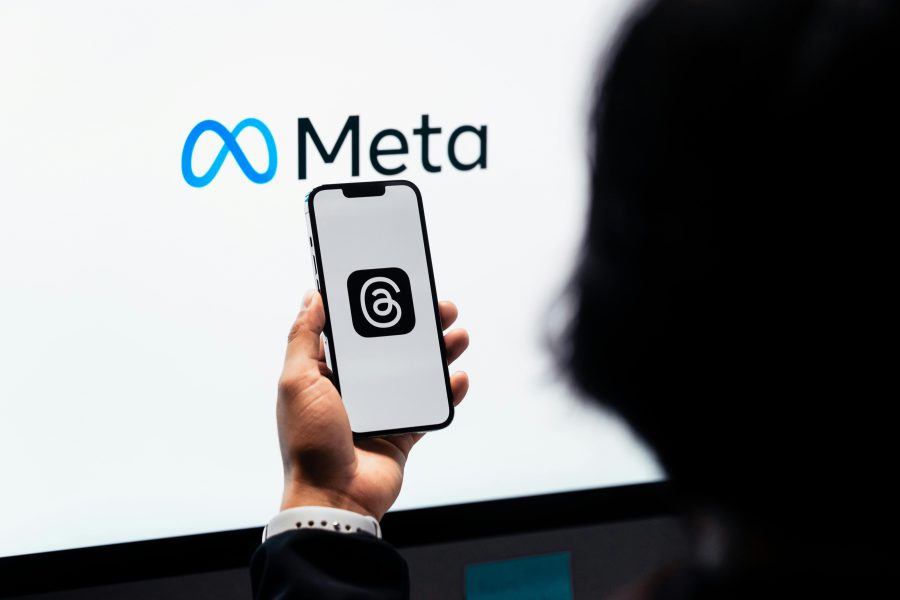Parents of the digital age have long struggled with the question: “When is the right time for my kiddo to have their first phone?” Sure, being connected to your kids is important, but navigating issues from social media to extended screen time makes the decision all the more difficult.
Despite their concerns, guardians are generally supportive of connecting their children. A recent survey from Cricket and OnePoll found that 70% of parents trust their kids with tech, with two-thirds putting parental controls on all their children’s devices. Additionally, six in 10 guardians believe tech is beneficial for kids’ social skills. Regardless of support, though, each family’s timeline is different.
PhoneReady Questionnaire
Fortunately, the struggle for parents isn’t going unnoticed by cell carriers and the American Academy of Pediatrics (AAP) – the leading professional association of American pediatricians. This summer, AT&T and the AAP released their PhoneReady Questionnaire to ease parents’ minds in making the decision to connect their kiddos via their first phones.
The tool, guided by pediatric professionals with parents in mind, asks the hard-hitting questions that determine whether their little ones are ready for the responsibility of having their own phones. The evidence-based questions range from assessing your child’s behavior and developmental maturity to your family’s values and attitudes toward screen time and technology use. Some of the questions include:
- How often does your child need a phone for their safety, such as after school?
- Does your child act responsibly, including finishing things they are assigned at school?
- Are you prepared to take steps to manage your child’s technology use?
The questionnaire aims to answer two questions for parents: Whether your child is ready for a phone themselves and whether you’re ready for them to have one. These answers don’t always align, so getting a finger on the pulse can help both caregivers and kids make the best decisions for their individual situations.
After completing the ten questions, parents will be placed in one of three zones denoting their readiness: the Ready Zone, the Almost Ready Zone, or the Not Yet Ready Zone. If ready, the tool will recommend parents’ next steps for managing online safety, like instructions on how to set up screen time and parental control restrictions for their newly connected kids.
Family Media Plan
A survey by Cricket and OnePoll found that seventy percent of parents said they’d feel comfortable giving their kids a smart device if they understood how their young ones can use these devices safely and effectively. To address this concern, and in addition to the PhoneReady Questionnaire, AAP’s interactive Family Media Plan helps parents and kids work together to create personalized strategies for managing technology use – something that is increasingly important while managing pandemic-induced screentime highs. Features include:
- Specific recommendations for younger children
- Reflection activities and practical tips to help families problem-solve around media use
- Other resources such as “tutorials” on setting up smartphone safety settings
Developing a Family Media Plan using these tools keeps both parents and kids on the same page, ensuring all have a safe and positive experience with their technology and newfound connectedness. Overall, the tools place an emphasis on maintaining open communication within a family and understanding what makes a healthy relationship with technology and media.
These joint AT&T-AAP advancements in digital equity and parental understanding come as part of AT&T’s Connected Learning initiative, which comprises a $2 billion investment in digital literacy tools, education resources, broadband technology, low-cost internet service, computers and more, to aid young people inside and outside of the classroom.
Next Steps for Caregivers
Parents and caregivers interested in understanding the next steps for their families can take the free PhoneReady Questionnaire. The AAP’s pediatrician-approved Family Media Plan tool can also be accessed by all parents, whether connecting their kiddos for the first time or setting healthy boundaries in their current connected household.
Image Credit: Photo by Jessica Lewis Creative; Pexels; Thank you!

























